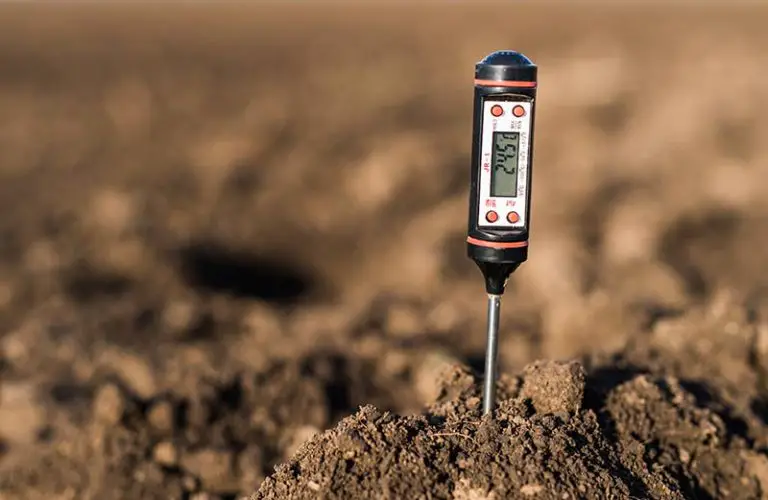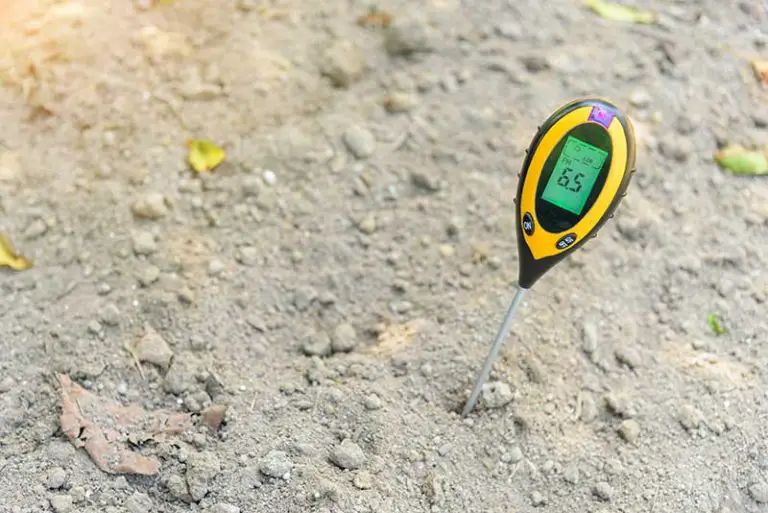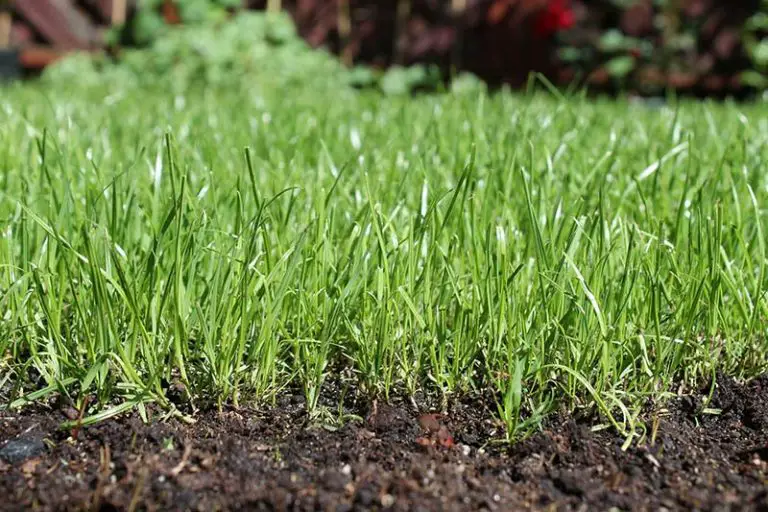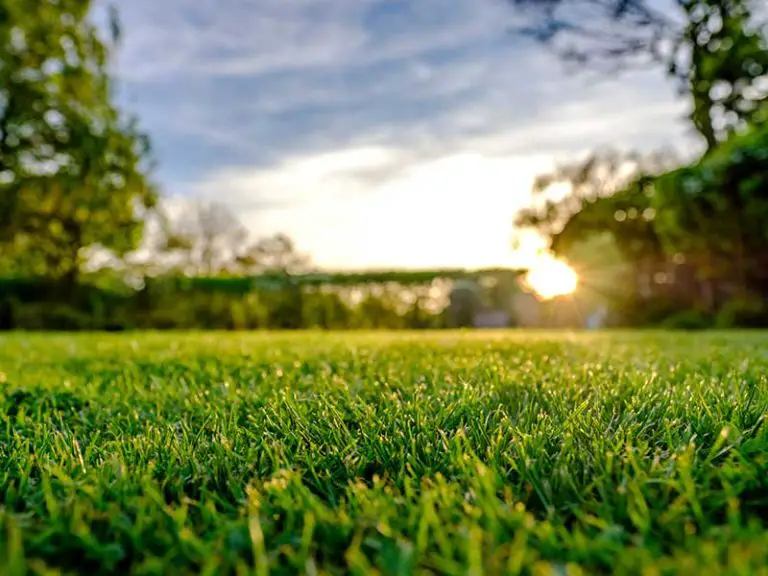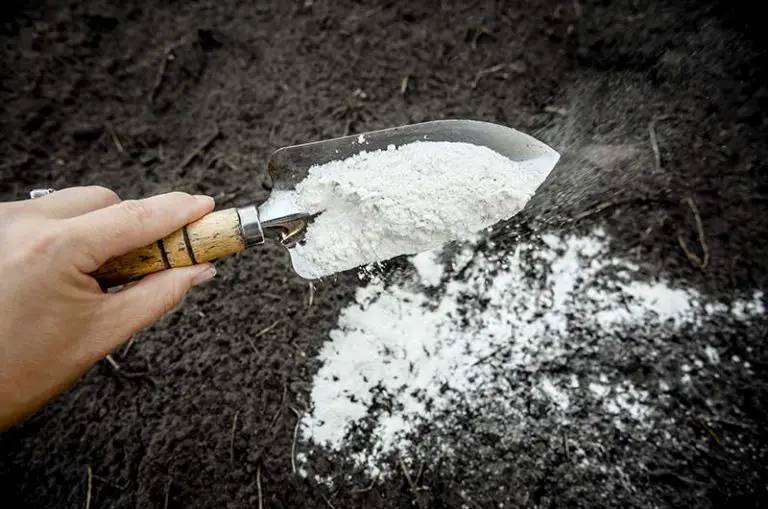Can You Put Too Much Lime on Your Lawn? (And How To Fix It!)
Agricultural lime could be a lifeline for anyone looking to spruce up or revive a lawn that has seen better days.
But can you put too much lime on your lawn? Unknown to many who try this trick, you can have too much of a good thing. Too much lime can limit your lawn’s access to nutrients, damage your grass, inflict high soil alkalinity disorders, and even turn your grass yellow – the last of which was probably the reason you decided to lime your grass in the first place.
So, how will you know if you have applied too much lime? What should you do if you have applied too much lime? Here is your comprehensive guide to the question: ‘can you put too much lime on your lawn?’
Why is Agricultural Lime Applied?
As we have covered in our guide What Does Lime Do For Your Lawn, when you apply agricultural lime to your grass, it can be a golden bullet in the battle for maintaining a prize-winning garden.
But it is not a fix-all elixir. Rather, agricultural lime can help cure a variety of common ills associated with lawncare:
- The presence of pests, too many weeds, or plant disease.
- Grass growth is patchy, sparse, or overly slow, even after using fertilizer.
- Acidic soils, like sand or clay soils, may require lime treatments to neutralise their pH.
- Occurrences of draughts or high heats for long periods.
- Occurrences of excess rain (or acid rain), which is likely to wash out your grass and reduce its pH.
- Yellowing grass, instead of its natural green.
For instance, this Pelletized Calcitic Limestone from Soil Doctor will not only neutralize levels of acidity in soil, but it also stimulates the presence of healthy bacteria and improves the availability of fertilizer to the plants growing in the soil.
- Neutralizes Acidic Soil
- Stimulates Healthy Bacteria
- Enhances Fertilizer Availability
- Pelletized For Easy Spreader Application
- Ideal For Vegetables And Flowers
Applying lime can be a great quick fix for these issues, but what if you have applied lime and your problems have persisted? Or what if new ones have appeared? In that case, you may have applied too much.
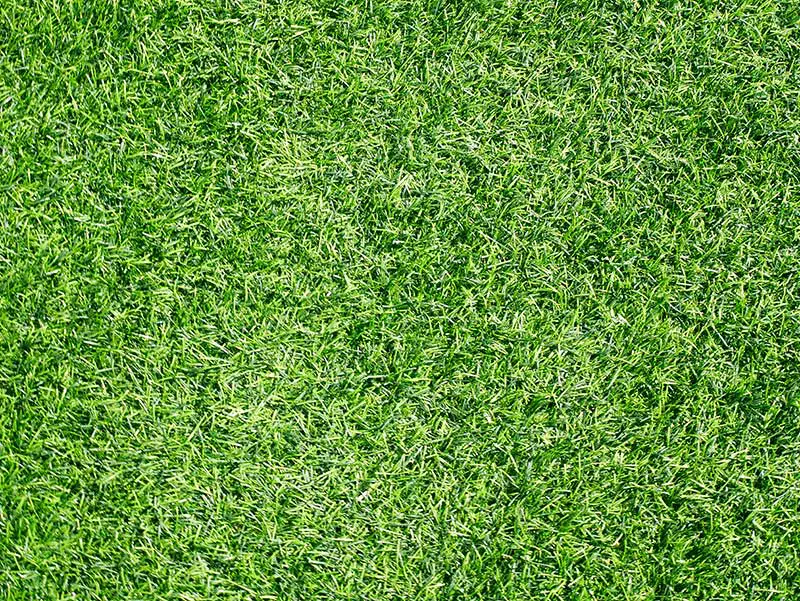
How Will I Know if I’ve Applied Too Much Lime?
Don’t worry. There is a myriad of ways in which gardeners can find out whether their problems have been caused or exasperated by excess liming.
Yellowing Grass
This single symptom is the cause of most confusion homeowners have about liming their grass. How on earth can yellow grass be a symptom of both too much and not enough lime?
Overly acidic soil can yellow grass. In general, overly acidic soil will be any soil with a pH lower than 6.5. Grass struggles to compete with other plants like weeds and mosses when the soil is below this pH, causing your grass to yellow or be overrun by pests.
Alternatively, overly alkaline soil can yellow grass. Lime raises the pH of the soil, helping make more acidic grasses more growth-friendly. But it also risks diseases and disorders associated with high soil alkalinity. These include iron deficiencies, which can be identified by yellow or bleached spots on individual blades.
However, if your yellow grass has persisted, it may be that it had nothing to do with pH in the first place. Several other disorders and ailments can cause the grass to turn yellow:
- Nitrogen Deficiencies in the grass can be identified by yellow, stunted growth. If patches of healthy, green grass at matched with patches of yellow, that is usually a sign that a nitrogen-rich fertilizer has been applied unevenly.
- Lawn Diseases like Stripe Smut result in yellow, pale green or grey streaks that eventually develop into black spores. Drought and higher temperatures are usually responsible, so irrigating your lawn regularly during dry patches will help prevent Stripe Smut from developing.
- Infestations of bugs, like chinch bugs, can leave your grass looking yellow or pale. These critters feed on grass sap, moving from leaf to leaf, killing each in turn. For this reason, chinch bug infestations can be easily identified by patches of yellow grass in an otherwise healthy lawn.
- Annual Bluegrass can also end up invading and taking over your lawn. This weed is a light yellow and could be mistaken for unhealthy grass.
pH Testing
If you discover that your grass is still yellow after treatment of lime, the first thing to do is to submit a soil sample for testing.
Soil testing will allow you to get an accurate view of the current state of your lawn soil, helping you to check whether you have added enough lime, not enough lime, or whether your lawn problems are not pH related at all.
Although you could pay to have a test professionally done, you could alternatively test the soil pH yourself. I opt for a simple rap test from Amazon, like the Luster Leaf 1601, every few months.
No products found.
Here are a few conclusions you could come from, given your results:
- If your soil pH is naturally acidic or has a pH of lower than 6.2, then your yellowing grass could be a symptom of not enough lime being applied. In this case, you will likely need to apply another layer of agricultural lime to your lawn.
- If your soil pH is optimum or neutral (turfgrass and other similar plants grow best in soils with a pH of between 6.5 and 7.0), your yellowing grass is likely not a soil pH problem.
- If your soil pH is naturally alkaline or has a current pH of higher than 7.0, then your yellowing grass is likely a disorder caused by excessive soil alkalinity. In this case, you have added too much lime.
What Do I Do if I Have Applied Too Much Lime?
If you applied too much lime to your lawn, the chances are that your grass is suffering from a disorder associated with excessive soil alkalinity. To rectify this, you will need to first adjust the pH of your soil.
Excess alkalinity can cause an iron deficiency, causing your grass to develop yellow, unhealthy-looking bleached spots on its leaf blades. You can easily address this by applying an iron supplement, like Milorganite or Ironite.
However, other problems like excess calcium in the soil are more complex. Associated with overly alkaline soil, you will first need to address the high pH of your soil.
To do so, you have three main options:
- Rain and irrigation will decrease your soil’s pH over time by washing out alkaline elements. If you water the lawn frequently, its pH will decrease over time.
- Top-dressing your soil with a fresh layer of compost will help to feed your grass with essential nutrients while working to balance your lawn’s pH.
- Horticultural sulfur will lower the pH of your lawn immediately, lending you a quick fix if you want your grass looking glorious and green again in a hurry.
If you’re a pet owner and you’re concerned that your pet may have come into contact with lime on your lawn, refer to our guide Does Lawn Lime Hurt Pets for tips and safety advice on this potential issue.
Final Verdict
Can you put too much lime on your lawn? The simple answer is Yes. Too much agricultural lime can cause grass conditions and disorders associated with high soil alkalinity, like excess calcium build-up or an iron deficiency.
If you find yourself having given your lawn too much lime, you have a few options available to you to readdress your lawn soil’s pH balance:
- Rain and irrigation to wash out overly alkaline elements over time.
- Redressing your lawn with fresh compost or horticultural sulfur to lower the pH balance of your soil.
However, be careful not to lower it too much, as that will get you in the same problem you started with. If you would like to learn more about how lime can help your grass, and how to correctly apply it, check out our handy guide here!
Finally, be sure to frequently check the pH levels in your lawn soil. This is the easiest way to prevent issues like these in the future. It is also the easiest way to keep your lawn looking healthy all year round.


